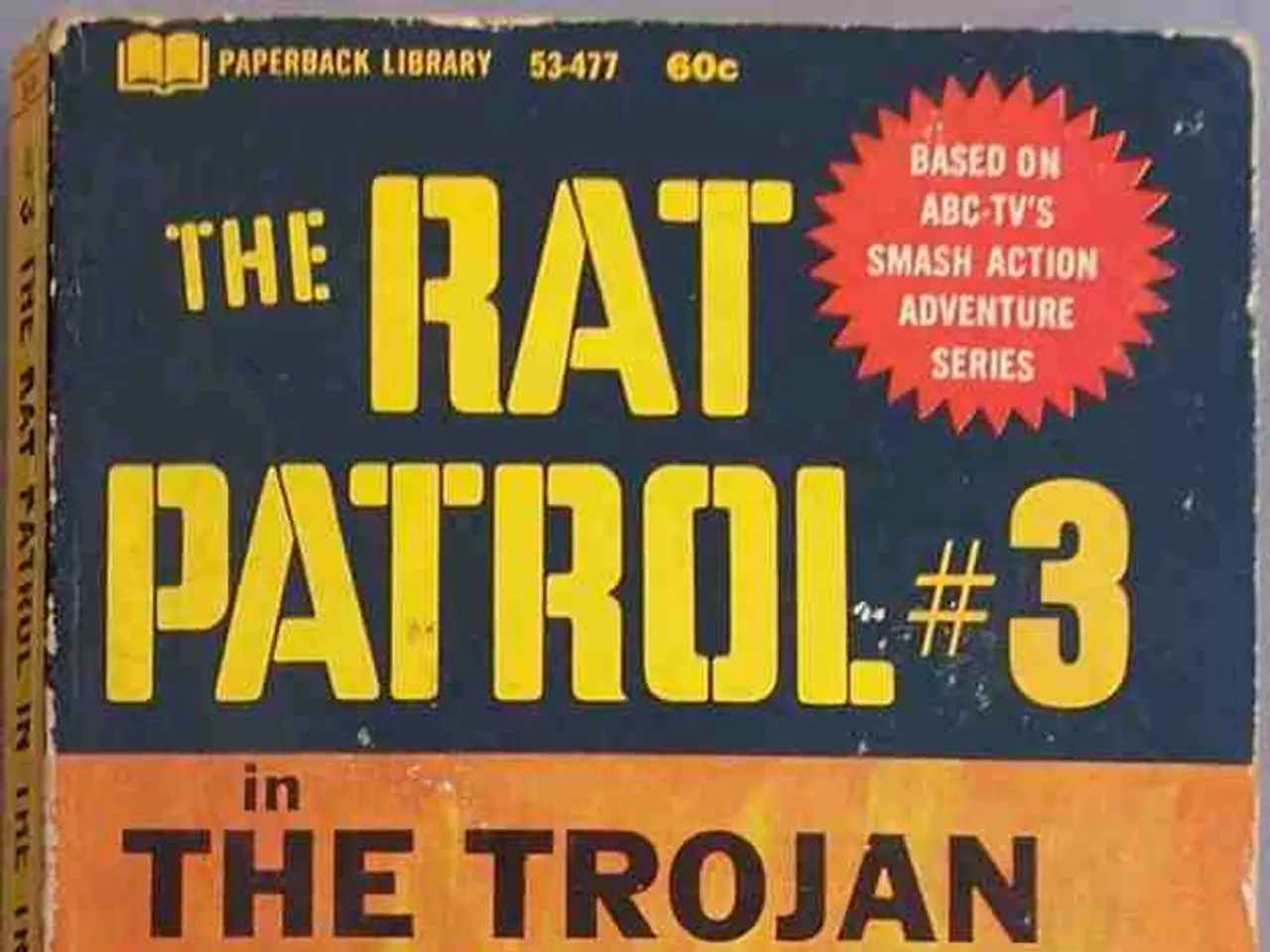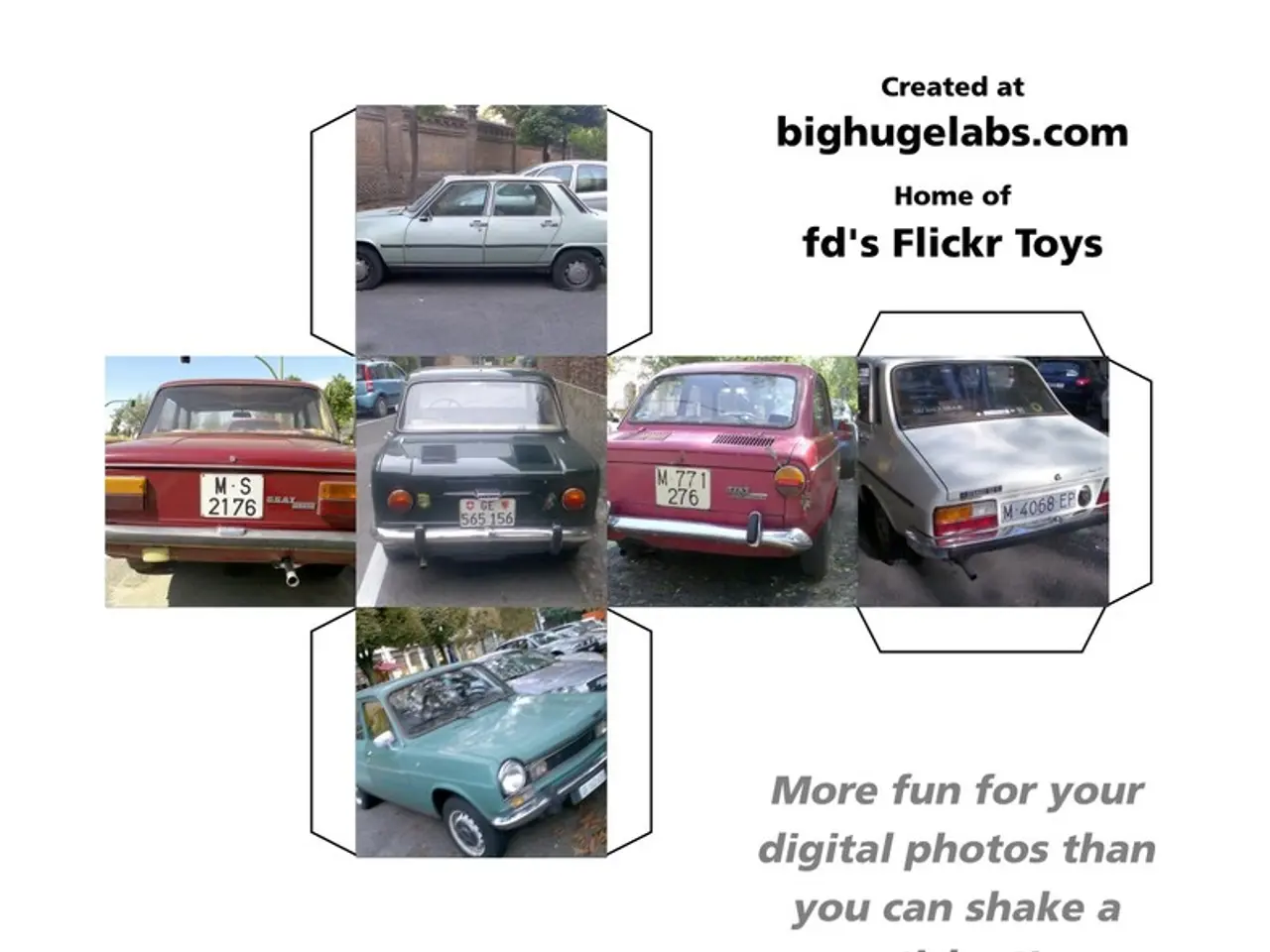Decentralized Applications (dApps), explained: A Comprehensive Guide for 2025
Decentralized applications, or dApps, are transforming the digital world by offering a new way for users to interact with online programs and software. These innovative applications run on peer-to-peer or blockchain networks, operating autonomously and without the need for central authorities.
One of the most notable dApps is Uniswap, the largest on-chain decentralised exchange built on Ethereum. It enables traders to buy and sell cryptocurrencies across 12+ supported blockchains. Other dApps like BrightID, Polygon ID, and Fractal ID use decentralized technologies to authenticate user identities, eliminating the need for intermediaries or central authorities.
DApps offer enhanced security features such as two-factor authentication (2FA), anti-phishing code, encrypted algorithms to protect user assets, and immutable systems for validating transactions. However, they are more prone to phishing attacks, where malicious actors deceive users into disclosing their recovery phrases or private keys. Global crypto scam losses soared to $4.6 billion in 2024, with high-value thefts executed using social engineering schemes and deepfake technology.
DApps are more cost-efficient since decentralized networks and smart contracts automate transactions and do not require experts to manage them. However, dApp development tends to be more expensive because it involves complex smart contract coding, blockchain integration, and higher operational costs linked to transaction fees and distributed storage. The cost of dApp development can range from $60,000 for basic apps to over $150,000 for advanced minimum viable products.
Despite the higher costs, dApps offer benefits like censorship resistance and transparency. They are spread across multiple nodes (a network of computers), ensuring that no single entity has control over the application. This makes dApps more resistant to censorship compared to centralized applications.
Moreover, dApps are built, driven, and governed by robust communities, nurturing innovation and experimentation in the Web3 and DeFi worlds. Platforms like Ondo Finance, Indigo, Sandbox, and Magic Eden are examples of this, each offering unique features and services.
Ondo Finance is a DeFi platform and a public, proof-of-stake Layer1 blockchain that bridges the gap between conventional financial systems and the crypto world. Indigo is a decentralized, non-custodial platform built on Cardano that allows you to generate fully collateralized synthetic assets. Sandbox is a community-driven metaverse and an immersive gaming platform atop Ethereum, featuring its own virtual land. Magic Eden is a leading NFT marketplace built on Solana, facilitating the trading of NFTs, Runes, and Ordinals.
Opensea is the largest NFT marketplace developed using Ethereum-based smart contracts, known as the Wyvern protocol. It is followed closely by Magic Eden, a leading NFT marketplace built on Solana. These platforms have revolutionized the NFT market, providing a decentralized and transparent platform for buying, selling, and trading digital assets.
In summary, dApps are revolutionizing the digital landscape by offering a new way for users to interact with online programs and software. While they incur higher development and operational costs due to blockchain technology requirements and security necessities, they offer benefits like censorship resistance and transparency. As the Web3 and DeFi worlds continue to evolve, we can expect to see more innovative dApps emerge and reshape the digital landscape further.
[1] Blockgeeks. (2021). What are Decentralized Applications (dApps)? https://blockgeeks.com/guides/what-are-decentralized-applications-dapps/
[2] Investopedia. (2021). Decentralized Applications (dApps). https://www.investopedia.com/terms/d/decentralized-applications-dapps.asp
[3] CoinMarketCap. (2021). What are dApps? https://coinmarketcap.com/alexandria/article/what-are-dapps
- Uniswap, the largest decentralized exchange, allows users to buy and sell cryptocurrencies on 12+ supported blockchains, demonstrating the diversity of transactions in the metaverse.
- Beyond trading, dApps like BrightID, Polygon ID, and Fractal ID leverage decentralized technologies to eliminate the need for intermediaries in authentication processes, indicating the wide-ranging impacts of these technologies.
- To ensure security, dApps employ enhanced features such as two-factor authentication and encrypted algorithms, yet they remain vulnerable to phishing attacks that target user assets like wallets.
- dApp development can be costly due to the complexity of smart contract coding, blockchain integration, and higher operational costs associated with transaction fees and distributed storage, but this cost is offset by benefits such as censorship resistance and transparency.
- Governed by robust communities, dApps like Ondo Finance, Indigo, Sandbox, and Magic Eden foster innovation and experimentation in the Web3 and DeFi worlds, showing how decentralized finance is reshaping traditional finance and technology.
- In the entertainment sector, platforms like Sandbox and Magic Eden have established metaverses that offer immersive gaming experiences and unique virtual land, merging social-media, entertainment, and cryptocurrency dimensions.
- Furthermore, NFT marketplaces such as Opensea (Ethereum) and Magic Eden (Solana) have revolutionized the NFT arena by providing a decentralized and transparent platform for digital asset trading, marking another significant evolution in the cryptocurrency landscape.




